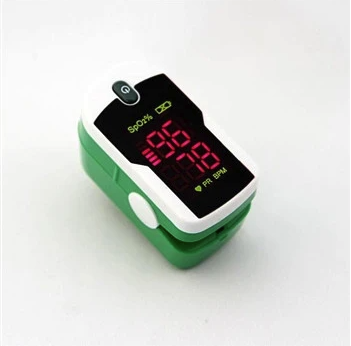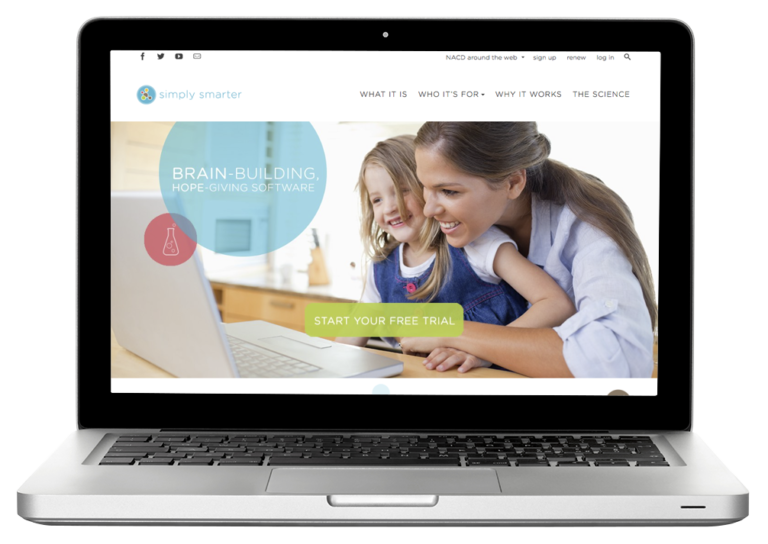Oxygen: Why Use a Pulse Oximeter?
by Steve Riggs, BS, RRT-NPS
 The use of pulse oximeters has been growing throughout acute healthcare for years but has been slow to catch on in home health and long term care. It has been even slower to catch on for the use of monitoring oxygen trends in the general and special needs populations. NACD has been a spearheading group in recognizing the importance of oxygen levels in special needs groups and people healing from many types of brain injuries and developmental delays.
The use of pulse oximeters has been growing throughout acute healthcare for years but has been slow to catch on in home health and long term care. It has been even slower to catch on for the use of monitoring oxygen trends in the general and special needs populations. NACD has been a spearheading group in recognizing the importance of oxygen levels in special needs groups and people healing from many types of brain injuries and developmental delays.
The pulse oximeter is inexpensive and very easy to use as a trending tool for families at home. Since the rehabilitation and learning in the brain is heavily dependent on oxygen being available, it is crucial we do everything we can to maximize oxygen delivery to the brain. The pulse oximeter can give us information about whether we are oxygenating as well as we need to. It also easily picks up on decreases in oxygenation during our daily living activities, learning, and sleep; decreases that can alter brain and body function or create problems that need to be corrected.
What does a pulse oximeter do? It uses an infrared light source to calculate or measure how much of the hemoglobin in our red blood cells is saturated with oxygen. Our blood contains red blood cells that have what is called hemoglobin in each cell. The hemoglobin has four sites where it can retain an oxygen molecule. Using a pulse oximeter we can check how much hemoglobin is saturated with oxygen and get a number referred to as saturation percentages. Normal oxygen saturation for most of us is 98 to 100%. In healthcare we usually consider 94% and above normal. When we go to see our doctors the majority of them will check our oxygen saturation routinely now and will refer to it as our “fifth vital sign.” Our doctor will determine what is normal for us and if it is in acceptable ranges. If it is not, they will determine why and establish if it is okay or else create a plan to bring our saturations to within normal ranges.
Most of us have a thermometer, blood pressure cuff, or glucometer at home to track specific health concerns. We are just learning how helpful pulse oximeters are at home. Technology can be slow and initially expensive, so the use of pulse oximeters at home is just getting started. But if we have a need for a pulse oximeter, they are now easy to obtain and reasonably priced. If you are buying one on your own, you need to look at the specifications and what it will measure. If you have a heart condition and you know your oxygen saturation is usually 85%, you don’t want to get a pulse oximeter that only measures 90 to 100% accurately. A good home pulse oximeter should measure 70% and above with good accuracy.
Having a monitor at home can be important for many people. Why is this? Having your oxygen saturation taken once is like having your picture taken once and expecting that the way you look will never change. The way we look changes all the time and so do our oxygen saturations. If saturations vary within the normal range, that is typical and okay. But if, for example saturations are in the range of 94% and your child takes a brisk walk and returns short of breath with saturation readings at 86%, then we need a doctor to assess those numbers and decide if an action or treatment is necessary or if there is a problem that needs addressed medically. We can only track this over time if we have a home pulse oximeter.
In summary, using a pulse oximeter at home is a quick, easy, inexpensive way to track oxygen saturation. Because brain function depends on good oxygenation, we can use pulse oximetry as an indicator of how our bodies are using oxygen.
Purchase a Finger Pulse Oximeter at the NACD Store
Reprinted by permission of The NACD Foundation, Volume 25 No. 3, 2012 ©NACD
Please note: This page is for educational and informational purposes only and may not be construed as medical advice. The information is not intended to replace medical advice offered by physicians.





